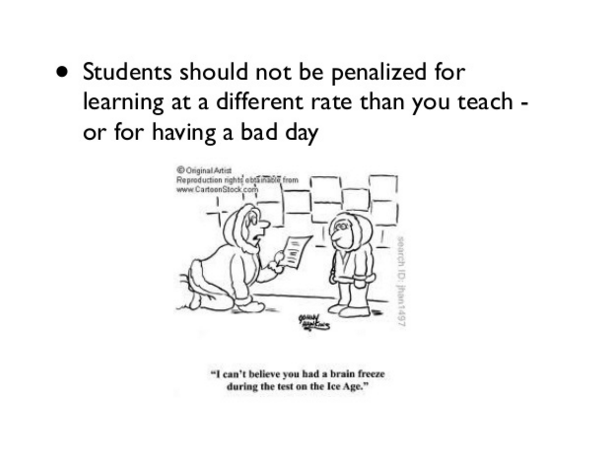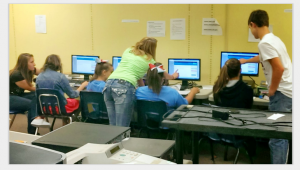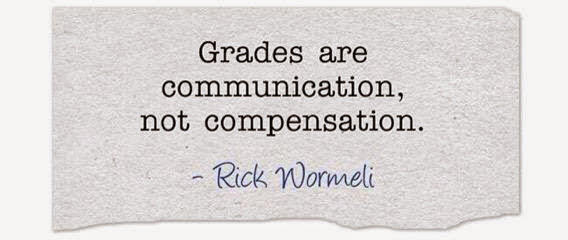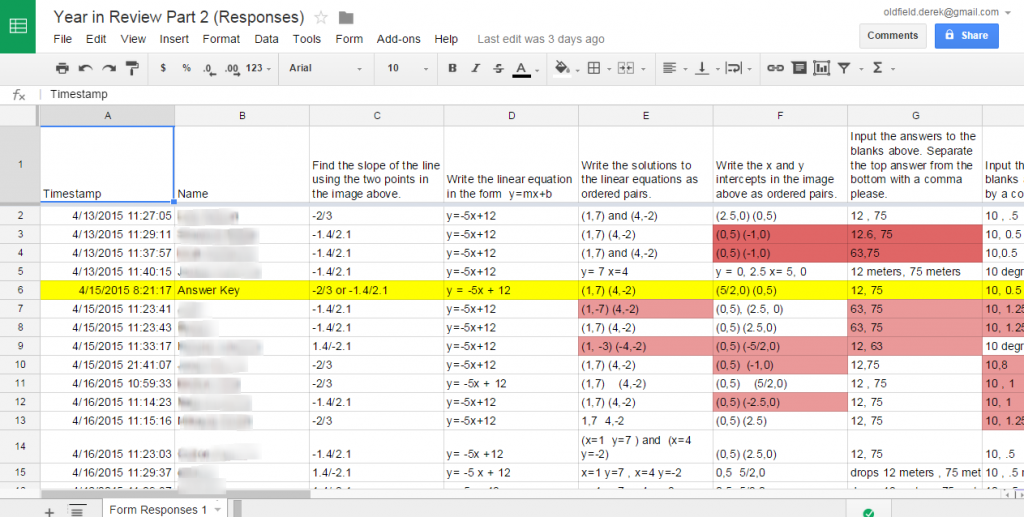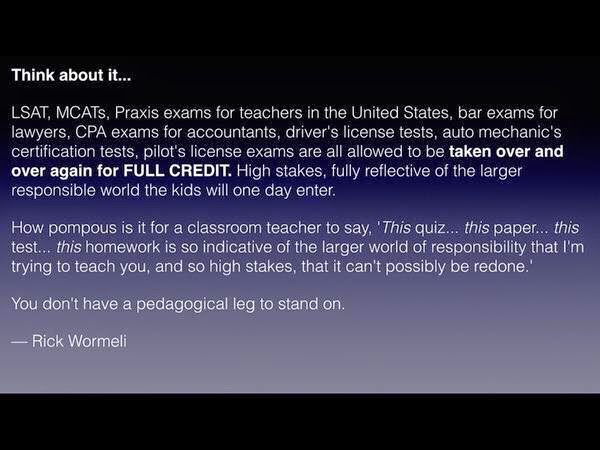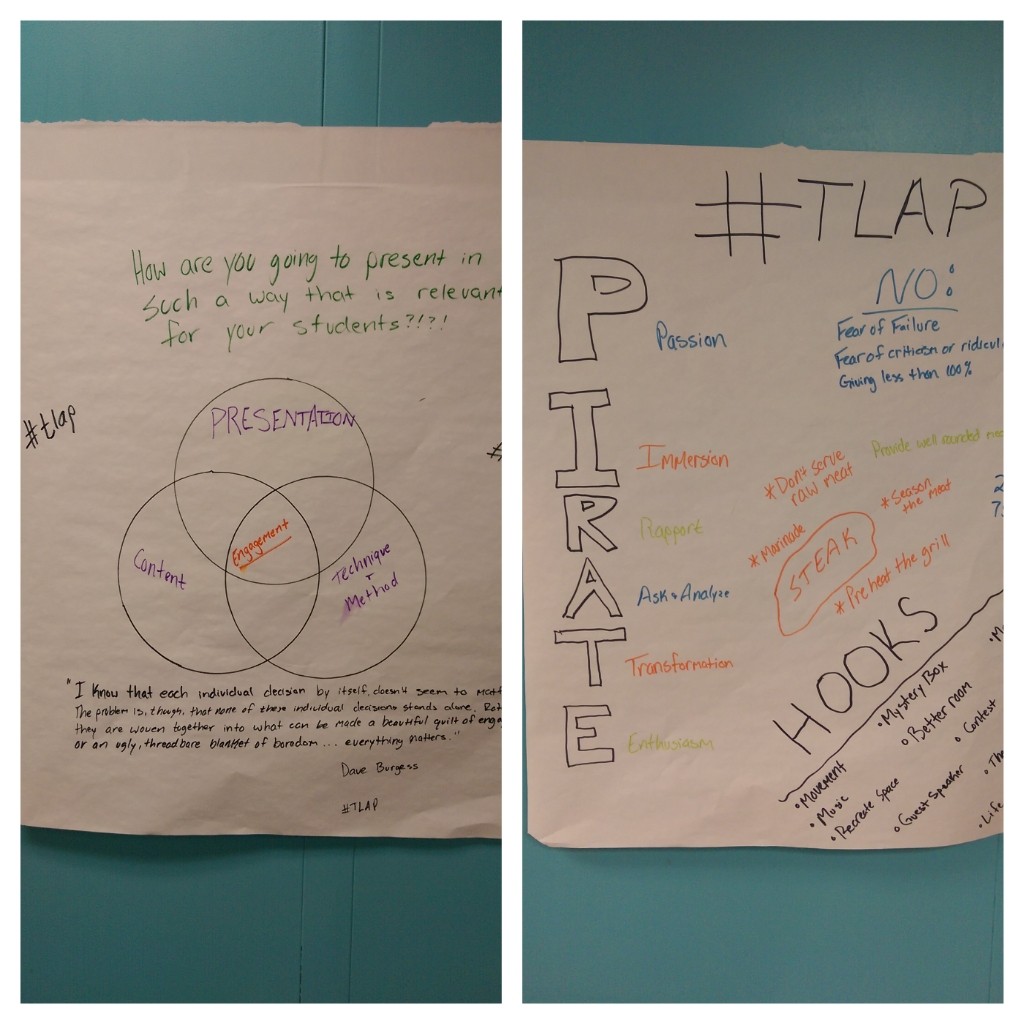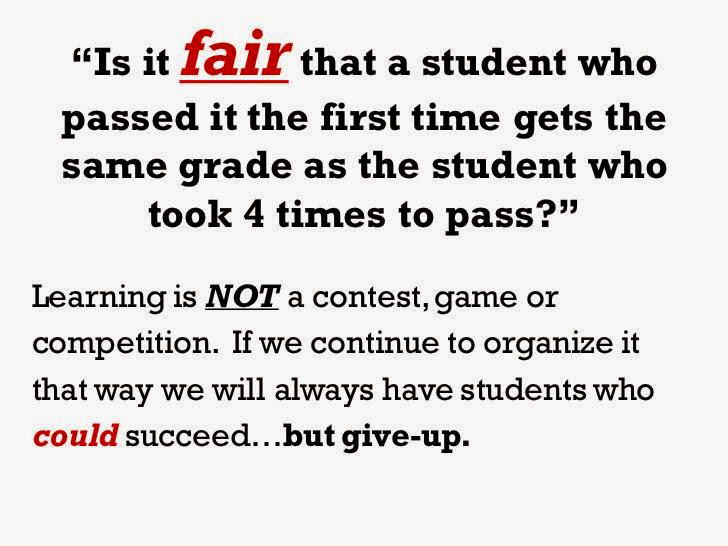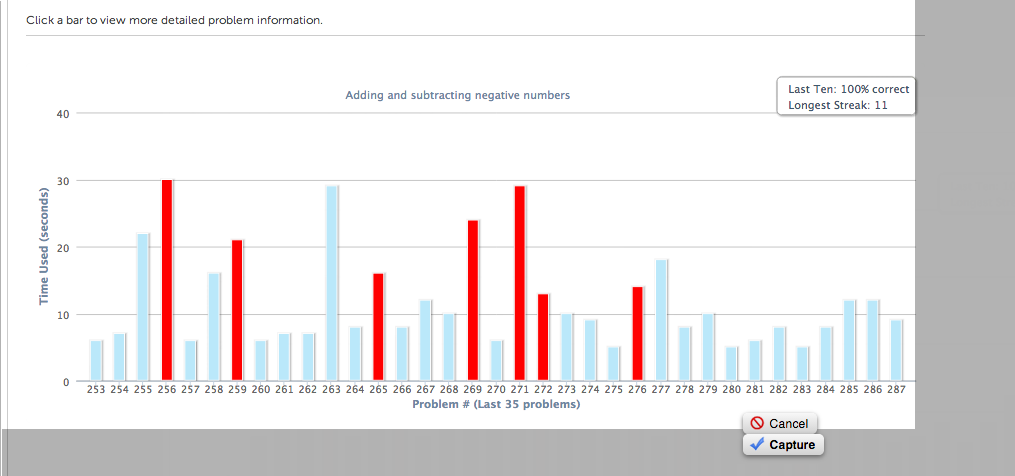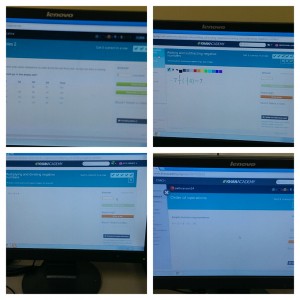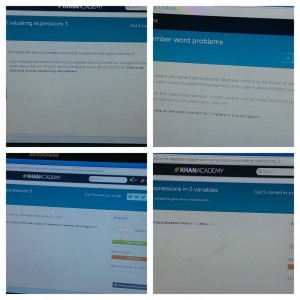Two Questions Around Standards Based Learning
Last week I completed two days, approximately nine hours of instruction at AFT-WV (American Federation of Teachers – my union) summer camp for teachers. I’ve been honored to serve as an instructor for the week-long event the last three summers now. The emphasis is always on technology integration. This year I decided to take the opportunity to engage participants in an interactive conversation on grading and assessment. This represented about two hours of our class time. Over the last year, I had developed a two-part academy, via Nearpod, designed to expose a staff to standards based learning. The goal or target was to generate momentum for a staff to begin improving the way they communicate learning to students. I had 20 participants in my class at AFT-WV summer camp and they represented a wide variety of content and grade levels. I wasn’t sure what to expect as this was the first time I had ever used the content I designed. My participants stepped up and fully engaged in some incredible discussion. I was really shocked. Navigating the waters of grading and assessment requires some intense reflection about century-old practices that have dominated classrooms and teacher mindsets. During the lesson, as the participants began to really consider how to more accurately communicate learning to students, they brought to my attention some common problems or even misconceptions that I remember grappling with during my own journey towards a culture of learning that is standards based. I’m going to offer these issues to you as they were offered to me, then I’ll follow up with my response.
Derek, it does make sense when you asked us to consider if we believe all students learn on the same timetable or conveyor belt, as you put it. But, I can’t figure out how you seem to manage different assessment schedules in the same classrooms? That almost seems like a moonshot idea that isn’t practical or possible in the real classroom.
First, I’m a math teacher, so this issue was something I really struggled with for some time. I recall passing out tests in my classroom and as I walked around handing the test out to students, I would almost cringe as I placed that test on some students’ desks because I knew that student wasn’t ready. At that time I began to leverage technology quite a bit more in my classroom. I could tell when he or she hadn’t completed the assignments and tasks I had prepared and the formative results indicated such. Here I was handing out a summative opportunity to students that I knew weren’t quite ready. I asked myself “would this student be ready if I just gave them an extra day? Was there any data I could view that would indicate where this student was struggling? Could I meet with that student in a 1-1 or small group setting to better prepare him or her for this summative test?” Of course, in my mind, none of those questions were possible because I had asked students to learn according my timetable. Why? After much thought and reflection, the only answer I could come up with was that my timetable was easier and more convenient for me. If you’re reading, stop there and think. Ok, I hope you’ve given some thought to my answer for why I was so committed to my timetable for learning. At this point, I think it’s safe to say that little can improve in your classroom or your school if our focus is on keeping teachers comfortable, keeping instruction convenient, and keeping our work easy.
If you decide to allow multiple pathways to that summative, standards aligned, assessment you create, I think you’ll find that what happens is not quite what you had in mind. See, my participants last week had this thought in their minds that if they had 23 students in class, nearly all 23 would choose a different day to take that summative assessment. WOW! How in the world could a teacher manage 23 different days of testing, provide adequate feedback to those students after their tests, then keep them busy while the rest of the class tested for days after. Let’s be clear. That doesn’t happen. In my experience, being more fluid with when your students test means you’re not as concerned with when but more concerned with results (learning). I think you’ll find that most students still move through your curriculum, those assignments you’ve designed as opportunities for students to practice or engage in that new skill or concept, together. This is especially true if you successfully nurture a culture of collaboration in your classroom. If students know that talking, sharing, and working together is appropriate and encouraged, learning rates for students will begin to merge together. You’ll find that your attention is given, more appropriately, to those students who begin to move at a slower pace.
Let me give you an example of how allowing more choices about when students test will actually benefit the teacher. In my own journey towards improving the way I communicate learning to my students, I began shortening the tests I gave to my students. I more accurately aligned my tests to specific learning targets I had communicated to my students. So instead of a 25-30 question/problem test that likely takes an entire 45-minute period to complete, I started offering shorter, targeted assessments. This allowed me to provide 1-1 feedback to students immediately after completing those assessments. If all 23 students take that assessment on the same day, it becomes more difficult to meet 1-1 with each student after their assessment. Time becomes an issue, I just can’t meet with all of them in 45 minutes. However, if 12 students take that assessment on Thursday, I can then meet 1-1 with all 12 after they complete their assessment. This conference becomes crucial to the learning process. My goal is for each student to leave my conference knowing where they are, where they need to be, and how they can get there. Students leave my conference knowing exactly what they need to do to remediate and strengthen those learning targets in which they failed to demonstrate proficiency. Some of those 12 leave my conference and go back to work. Some students provided evidence of learning in every standard or learning target. My point is, if 7 more students test on Friday and go through my 1-1 conference after, that leaves just 4 students for me to check on before pushing students ahead to the next set of learning targets. It’s more manageable than you think. As I often tell educators, find someone who is already doing this and lean on them. That’s what I did!
The second issue or misconception I want to address is around the idea of allowing retakes or redos.
Derek, if you allow retakes and redos on every summative assessment, what do you do if you hand a student a test and he or she says “I don’t want to do that one, I’ll just take the retake”?
This was a great question and one that I’ve heard before from educators at the beginning of this journey. Hopefully my last response brought some clarity to this issue. Is this student ready for that test? Let’s consider why that student is saying “I’ll just take the retake.” If that student was ready for the test or at least felt they were ready, what reason would they have to not take the test? Another issue here may be that students have learned that your retakes are easier than the first version of the test. Be sure your summative assessments, all versions, are clearly aligned to learning targets you’ve already communicated to students. In fact, it’s good practice, especially at the secondary level, to allow students to explore what would be considered mastery of your learning targets. For example, take the following learning target from 9th grade language arts: I can cite strong and thorough textual evidence that supports my inferences and analysis of the text. After providing your instruction, try allowing your students to provide examples of mastery and examples that do not provide evidence of mastery. How would they measure if another student could demonstrate mastery of this standard? You may find some deep learning occurs during this activity. To summarize, if this issue appears in your classroom, it’s likely you’re placing an emphasis on when students learn and it appears this student isn’t ready to demonstrate learning. Otherwise, you may have an issue with the validity of your retakes.

